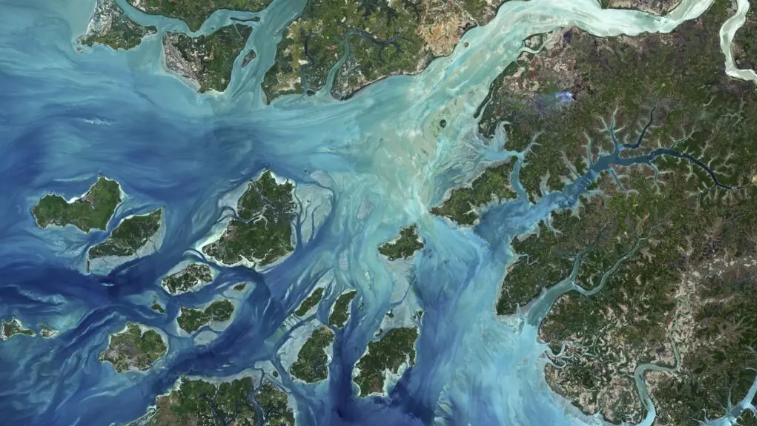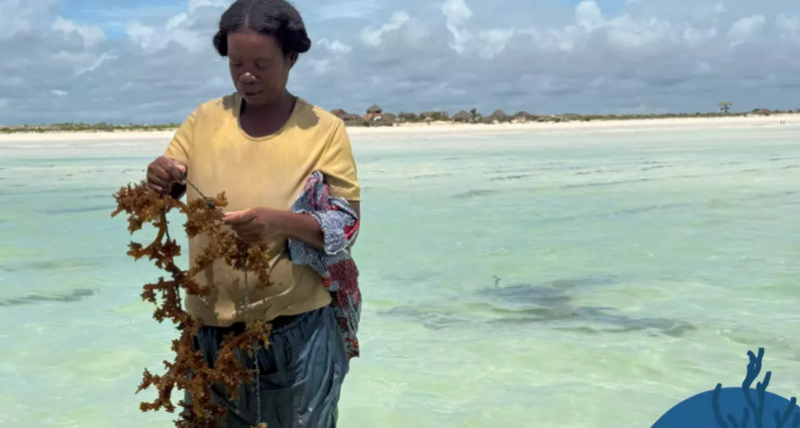The Bijagós Archipelago, off the coast of Guinea-Bissau, was inscribed on Sunday, July 13, as a UNESCO World Heritage Site, recognized for its exceptional biodiversity and the richness of its local traditions. This decision followed a vote during the 47th session of the UNESCO World Heritage Committee.
“The site hosts rich biodiversity, including the green turtle and leatherback turtle—both endangered—manatees, dolphins, as well as over 870,000 migratory coastal birds,” explained a spokesperson from UNESCO, whose World Heritage Committee has been meeting for several days in Paris.
In this archipelago with turquoise waters located in the Atlantic Ocean, Poilão is one of the world’s main nesting sites for sea turtles, the spokesperson added. This continuous cluster of coastal and marine ecosystems also includes mangroves, mudflats, and intertidal zones “fundamental for marine life,” sheltering rare plant species and large bird colonies. The islands also contain sacred sites and support artisanal fishing essential to local communities.
Audrey Azoulay, UNESCO’s Director-General, expressed that she was “very pleased” with the inscription of the “Coastal and Marine Ecosystems of the Bijagós Archipelago – Omatí Minh,” “two years after an unforgettable visit” to this site “where local communities maintain vibrant traditions.”
“I congratulate President Umaro Sissoco Embalo, his government, and the local communities who mobilized with UNESCO’s support for the country’s first inscription on the World Heritage List,” she told the press in Paris after the vote. The site, already a UNESCO Biosphere Reserve, will see its protection strengthened thanks to this inscription. The Bijagós Archipelago of Guinea-Bissau had long awaited this recognition after a previous unsuccessful nomination in 2012. Extensive scientific research and the involvement of local populations were necessary to resubmit the ecosystems to UNESCO.
Already designated a UNESCO Biosphere Reserve in 1996, “this inscription strengthens its protection and integrates it into an even larger global network of UNESCO-protected sites,” the spokesperson added.
The archipelago covers a total area of over 10,000 km², including 1,600 km² of intertidal zones—sandbanks and mudflats. It consists of 88 islands and islets, only about twenty of which are permanently inhabited. “It is the only, and one of the few active deltaic archipelagos on the Atlantic coast of Africa,” highlighted the UNESCO spokesperson.
Present at the vote in Paris, Viriato Luis Cassama, Guinea-Bissau’s Minister of Environment, Biodiversity and Climate Action, spoke of his country’s “deep emotion” following this World Heritage inscription. “This moment marks the culmination of over ten years of collective effort, dialogue, and shared conviction that this extraordinary and unique site deserves to be recognized, protected, and celebrated by all humanity,” he declared.
Source: RFI




